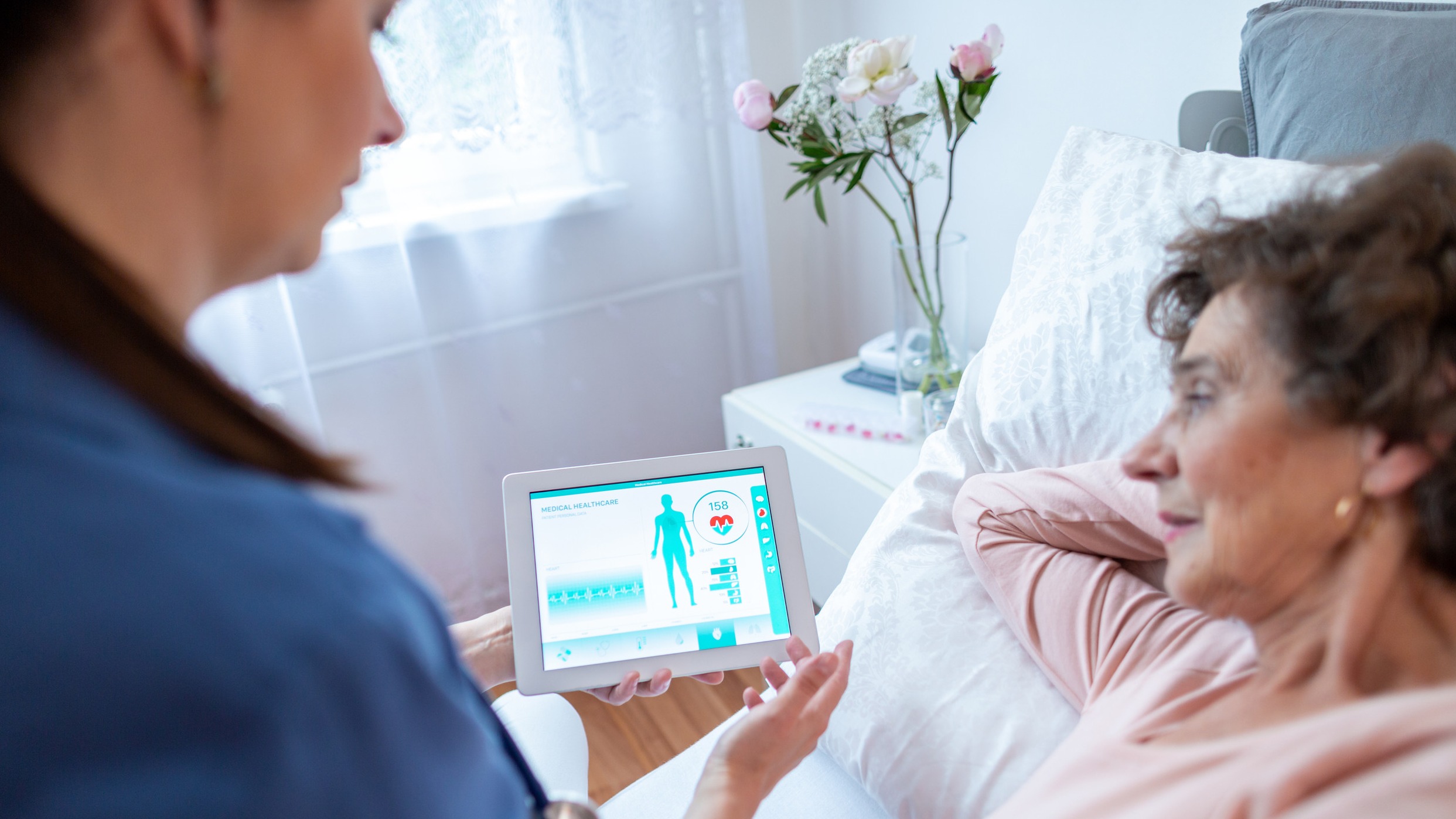
The Rise of Remote Patient Monitoring in Modern Healthcare
As the landscape of healthcare continues to evolve, remote patient monitoring (RPM) has emerged as a crucial component, particularly in suburban areas where access to medical facilities may be limited. This innovative approach not only enhances patient care but also aligns with current medical trends aimed at increasing efficiency and personalizing health management.
Understanding the Compliance Landscape
Compliance with regulations is a major concern for healthcare providers implementing RPM. Ensuring the protection of patient data while adhering to laws such as HIPAA is paramount. Suburban professionals leveraging RPM must navigate these complexities carefully, understanding that maintaining strict compliance safeguards both patients and providers. This environment of rigorous oversight fosters trust, further enabling the growth of RPM as an integral part of healthcare delivery.
Benefits of Adopting RPM Technologies
RPM technologies facilitate continuous health monitoring, which can lead to early intervention and better health outcomes. For instance, wearable devices that track vital signs allow healthcare providers to detect anomalies promptly. Additionally, these technologies empower patients to engage actively in their health journey. The convenience of measuring health metrics from home creates a more personalized and less stressful healthcare experience, particularly appealing to busy suburban professionals aged 25-60.
Future Trends in Remote Patient Monitoring
The future of RPM looks promising, with ongoing advancements in technology. Innovations like AI-driven analytics can provide real-time insights into patient health, enhancing treatment plans. Furthermore, as telehealth becomes more mainstream, incorporating RPM tools into regular practice will become essential. This allows providers to offer more holistic care, tailoring interventions that meet individual patient needs, ultimately improving overall health and wellness.
Embracing the Challenges Ahead
While the benefits of RPM are clear, challenges remain. Questions around data security, technology access, and costs can deter some healthcare providers from implementing these systems. However, by educating themselves on these issues and seeking out reputable vendors, suburban professionals can make informed decisions that positively affect their practice and patient care. Understanding the importance of selecting the right technological solutions is key to overcoming these barriers.
Conclusion
Remote patient monitoring represents a transformative shift in healthcare, blending technology with personalized care. For health professionals and patients alike, it offers a pathway to greater engagement, improved health outcomes, and an overall enhanced quality of life. Embracing RPM today can help individuals not only adapt to current medical trends but also thrive in an ever-changing healthcare environment.
 Add Row
Add Row  Add
Add 




Write A Comment